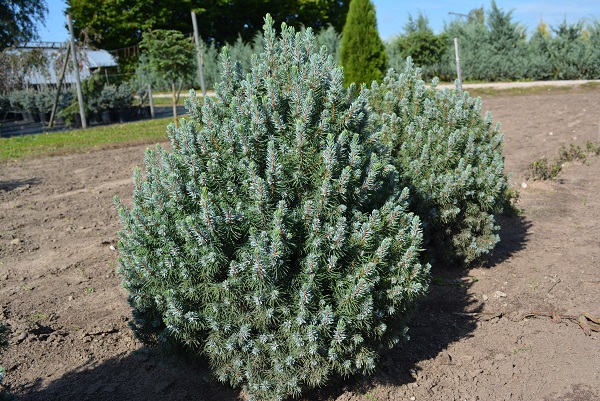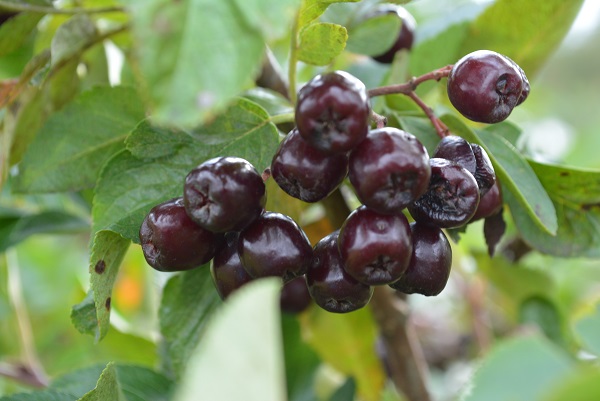LVM Nurseries Offer a Wide Selection of Ornamental Tree and Shrub Seedlings
As every year, LVM Sēklas un stādi nurseries offer high-quality ornamental tree and shrub seedlings suitable for Latvia's climatic conditions. They are available in a wide selection at the nine LVM nurseries: Strenči, Pļaviņas, Smiltene, Pope, Jelgava, Kalsnava, Valmiera, Mazsili, Podiņi, as well as at sales points in Daugavpils, Salaspils and LVM Embassy in Riga, at 1 Vaiņodes Street. The novelty of this season – an opportunity to choose and purchase decorative seedlings also in the on-line store www.ibode.lvm.lv
Gita Zandere, LVM Embassy Consultant, shares her tips for spring gardening.
Tree hedge
Groups of trees, such as spruce, pine or birch, and hedges can be formed in large rural areas. Rows of trees planted with spaces form windbreaks, which significantly reduce the effects of wind. A combination of hazelnuts and spruces is a great solution. By planting hazelnuts on the windy side and then spruces at a distance of about three metres, you can achieve a good effect – first, wind will be stopped the hazelnuts, which grow to a height of five metres; once the spruces have grown higher, they form a very durable wind wall up to 20 metres high. The most common forest spruce is also a very good material for creating hedges – if systematically trimmed and formed to the required width, the spruce hedge will be both good-looking and it will protect from the wind and the eyes of neighbours or passers-by. Spruce is good for shaping – it can be topped to grow in width, it can even form arches, balls, or cubes.
If the spruce is cut at least once a year, it forms new twigs, and the hedge grows dense from the ground. It is important not to forget about cutting – if it is not done in good time, branches will be sparse, whereas the trunk – thick.
When purchasing spruce seedlings at least a metre high, they are visible immediately after planting. Moreover, when they reach this height, which takes about five years, the needles begin an active growth phase – they can grow by several tens of centimetres during the year.
Good to know and bear in mind
It should be remembered that the seedlings are grown in very good conditions and on suitable land; therefore, the well-being of the trees should be taken care of even once they are planted in their permanent place. Depending on the size of the seedling, each tree must have a pit of the appropriate size made around it, which should be filled with peat substrate for conifers and rhododendrons, or forest land, especially when planting conifers. Before laying in the ground, the consultant of the LVM Embassy recommends to thoroughly moisten the prepared place, as well as to water the roots of the tree and after planting. If the weather is dry, you should not forget to water the tree.
It is also important to tie the new tree – preferably against three supports, which will not allow the wind to move the new tree and, consequently, the root system. The supports will be easily visible and will also serve as protection against accidental mowing. For the first years, the tree should have a cover at least 40 cm wide. Both the added nutrients and the air and water will be poorly absorbed through the turf. Once the tree is well rooted and grown in, the pit around it is no longer needed.
Trees and shrubs – not just for decoration
LVM nurseries also offer trees and shrubs with edible fruit – ornamental apple trees are very popular. For those who have free space in their garden, we can also recommend edible mountain ash, which not only looks beautiful all year round, but also gives berries that can be eaten right from the tree and do not have the bitterness typical of ordinary mountain ash. For example, the variety 'Granatnaja' is a self-pollinating plant, so one tree will suffice, while other varieties will need two trees, a female and a male tree. The 'Likjornaya' variety with dark, almost black berries is very beautiful and tasty – it is basically a half-breed of chokeberry and mountain ash.





